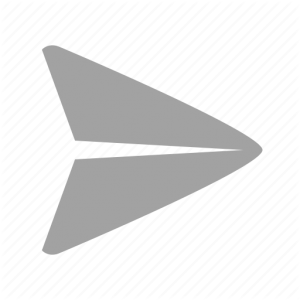Neurosurgeons have used a laser probe to open the brain’s protective cover long enough to deliver chemotherapy drugs for treating glioblastoma, the most common and aggressive form of brain cancer. The results are published in PLOS One.
[brain tumor]
A real-time MRI scan enables neurosurgeons to target the tumor.
According to the American Cancer Society, most people will survive just 15 months following diagnosis of this kind of tumor, because it is so difficult to treat.
The blood-brain barrier protects the brain from toxins, but it also blocks delivery of chemotherapy drugs, limiting the treatment options for brain cancer.
Laser heat is known to kill brain tumor cells, and now it seems that the technology can also penetrate the blood-brain barrier.
Co-corresponding author Dr. Eric C. Leuthardt, a professor of neurosurgery at Washington University in St. Louis, MO, was part of a team that developed the technology.
It was approved by the Food and Drug Administration (FDA) in 2009 as a surgical tool to treat brain tumors, but this is the first time it has been shown to disrupt the blood-brain barrier.
Surgery takes place as the patient lies in an MRI scanner, giving the neurosurgical team the chance to observe the tumor in real time.
After making an incision of 3 mm, the neurosurgeon robotically inserts the laser, which kills the tumor cells by heating them to around 150 °F.
Tumor growth stalled during treatment
The researchers anticipated that the heat would kill the tumor cells, but they were surprised to find, while reviewing MRI scans, that changes had occurred near the former tumor site that indicated a breakdown of the blood-brain barrier.
The laser treatment kept the blood-brain barrier open for 4-6 weeks, which presented a window of opportunity to deliver chemotherapy drugs.
The current research is part of a larger phase 2 clinical trial with 40 participants. The current study originally enrolled 20 patients, of whom 14 were deemed suitable for the trial.
The 14 candidates underwent minimally invasive laser surgery to open the barrier, and 13 of them received a widely used chemotherapy drug, doxorubicin, delivered intravenously over the following weeks.
In 12 patients, the tumor did not grow during the 10 weeks of the study. One patient’s tumor grew before chemotherapy, and another’s progressed after the treatment.



